5 Species of Nectar-Feed Birds You Never Miss
Some birds feed purely on nectar and are known as nectivorous. Nectar is a purely natural diet because it’s mostly water and dissolved sugar. However, most of the water in nectar is converted into a byproduct, whereas the sugar in nectar is a highly wholesome energy source. Expect hummingbirds, how many other species of nectar-feed birds do you know?
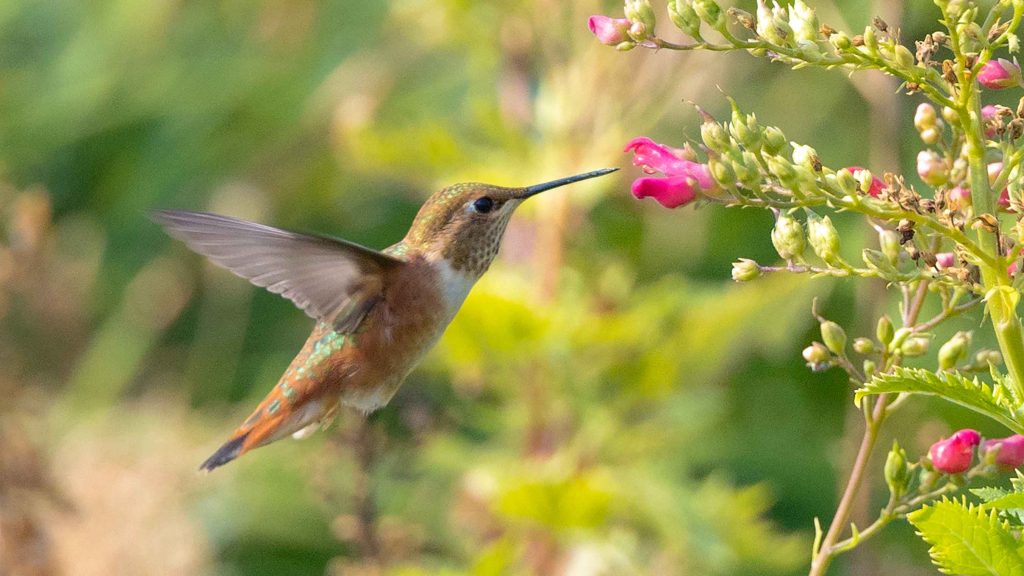
These 5 bird species feed mainly on nectar:
- Hummingbirds
- New Holland honeyeater
- Red Wattlebird
- Flowerpeckers
- Little Friarbird
Nectar Feeders are a significant food source for nectivorous birds in urban and suburban environments. Nectivorous birds acquire most of their nutrition from these feeders and flowers that produce nectar.
Depending on the species, nectivorous birds’ beaks may be adapted to collect nectar as quickly and effectively as possible. Many species have long, narrow bills that can reach deep inside flowers, while other bird species may have specially adapted bill shapes that allow them to puncture the base of flowers to access the nectar.
5 species of birds that mainly feed on nectar
1. Hummingbirds
The Americas are home to these beautiful birds. Even though over 360 species of them exist, they are most commonly found in tropical regions. All hummingbird species mostly drink nectar and eat some small spiders or flying insects.
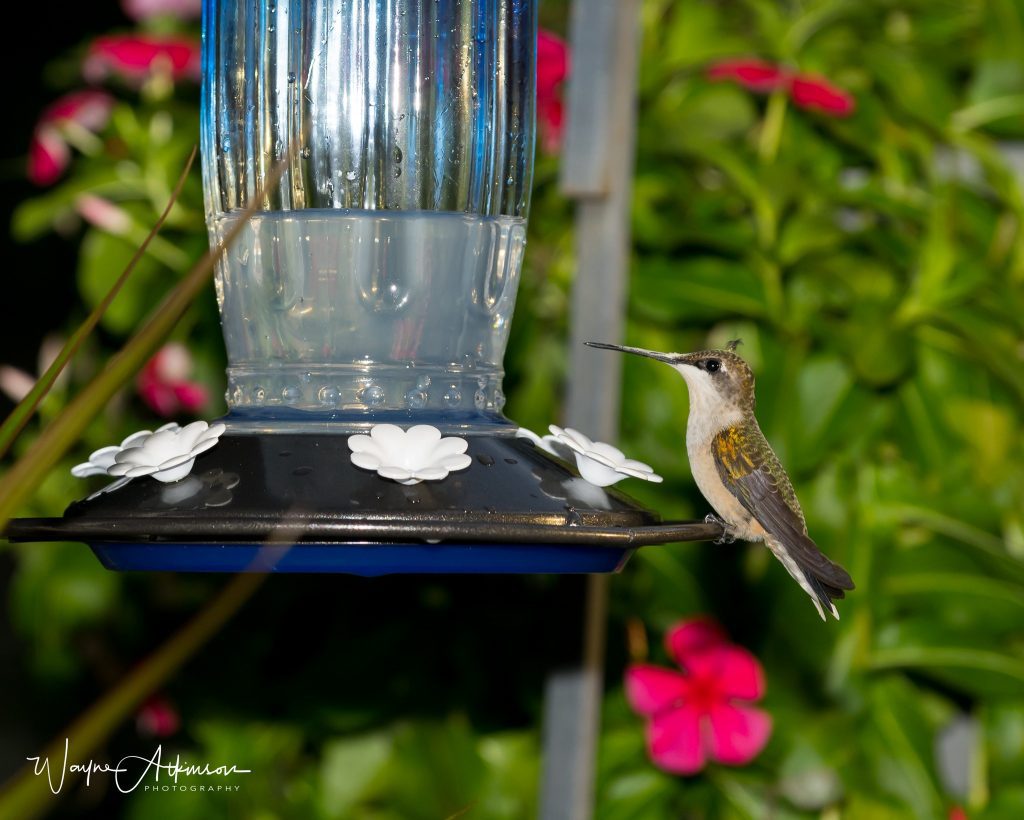
Their long beaks resemble needles and are ideally suited for reaching inside the blossoms and extracting the nectar. The length of these little birds ranges from 8 to 13 centimeters, and they look lovely while flying. Many people would love to hang a few hummingbird feeders in their yards to attract those little cuties.
2. New Holland honeyeater
South Australia is home to its own unique species of honeyeater, known as the New Holland honeyeater. Both males and females have a black body with a white stripe running down the middle of each body segment. In addition, the iris in their eyes are white, and some of their feathers have a yellowish tint.

To protect themselves from potential threats, these birds frequently congregate in huge flocks. Nonetheless, only monogamous pairs are involved in the breeding process. They generally eat nectar. But, they are not exclusively nectar-feeding birds, as evidenced by the fact that they also consume arthropods such as spiders and other insects in their diet.
3. Red Wattlebird
The Red Wattlebird is also a nectar feeder bird. It is a predominantly tree-dwelling species that hops from branch to branch in search of nectar. These birds seek out flowers such as grass, eucalyptus, and emu bushes because of the abundance of nectar they produce. In addition to feeding on nectar, they will consume fruits, berries, and even tiny insects for food.

People can find these big birds in the southern regions of Australia. These birds are endemic to these regions. However, you could also see them commonly walking around the metropolitan parks and gardens.
4. Flowerpeckers
Flowerpeckers are stocky birds with short necks and short legs. They also have tiny beaks, which they use to consume nectar.
Although they may also consume berries, insects, and spiders as part of their diet, nectar makes up a significant portion of their food intake.

Most of the flowerpeckers may reach up to ten centimeters and weigh anything from 6 to 8 grams, but the mottled flowerpecker can be up to ten centimeters tall and weigh around 11 grams.
5. Little Friarbird
The Little Friarbird is the most little member of the Friarbird family. Both Australia and Papua New Guinea are home to these birds. These birds also have a loud, distinctive call and are known to be quite territorial.
Nectar, blooms, fruits, and invertebrates make up the majority of a Little Friarbird’s diet, with seeds and flowers making up the remainder of its food intake. They are able to search for food independently, in pairs, or in small groups with other friarbirds and honeyeaters.
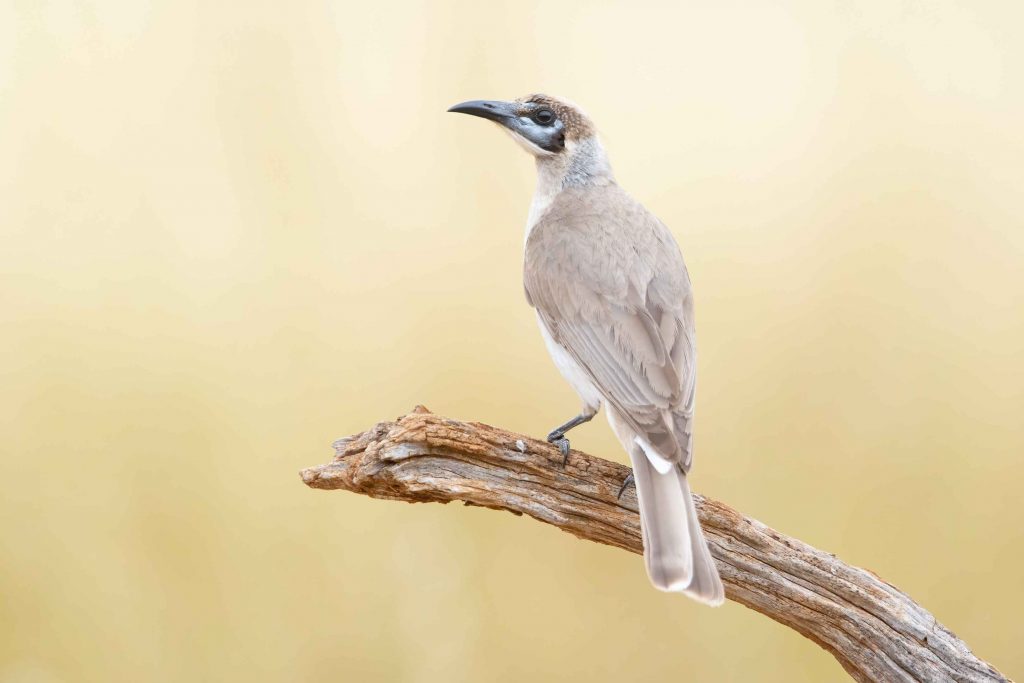
Fact: Every continent can find nectar-feeding birds, with the exception of Europe and Antarctica.
Conclusion
To attract nectivorous birds in your backyard, you must grow nectar-bearing flowers that can grow fast. Other than that, you may place specially built nectar feeders to lure nectar-feeding birds into your backyard. Avoiding severe pesticides is vital since many nectivorous birds also consume insects. Doing so would remove a potential source of food for these species.
It’s just fall, did you prepare enough tips for Fall Bird Feeding?! Kingsyard did! Take a look!
Latest Posts>>
- A Guide to Choosing the Best Bird Feeders for 9 Common Birds
- Ultimate Guide to Choosing the Perfect Bird Feeder for Every Seed Type
- How to Choose the Right Bird Feeder by Features
- Attracting Chickadees with a Birdbath!
- Which Birds Are Attracted to Platform Feeders?
Subscribe for more info>>
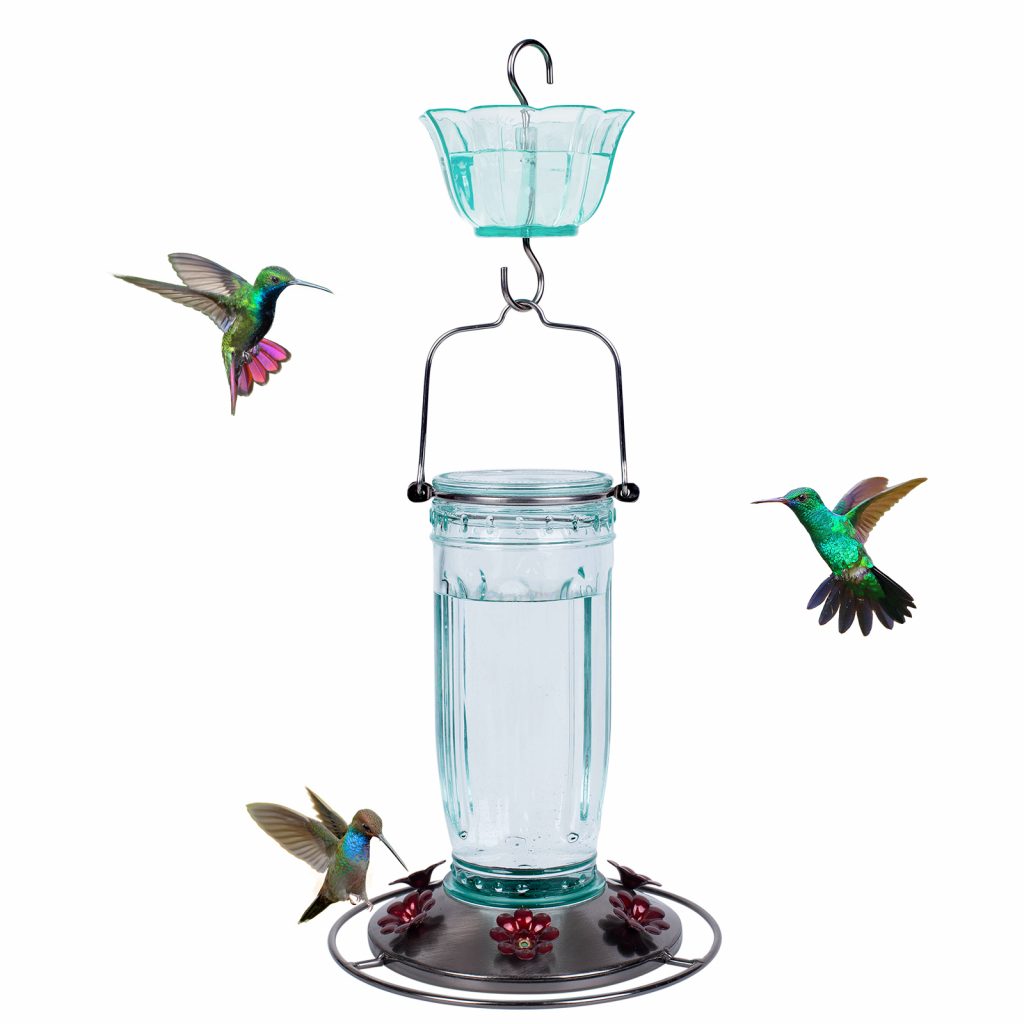
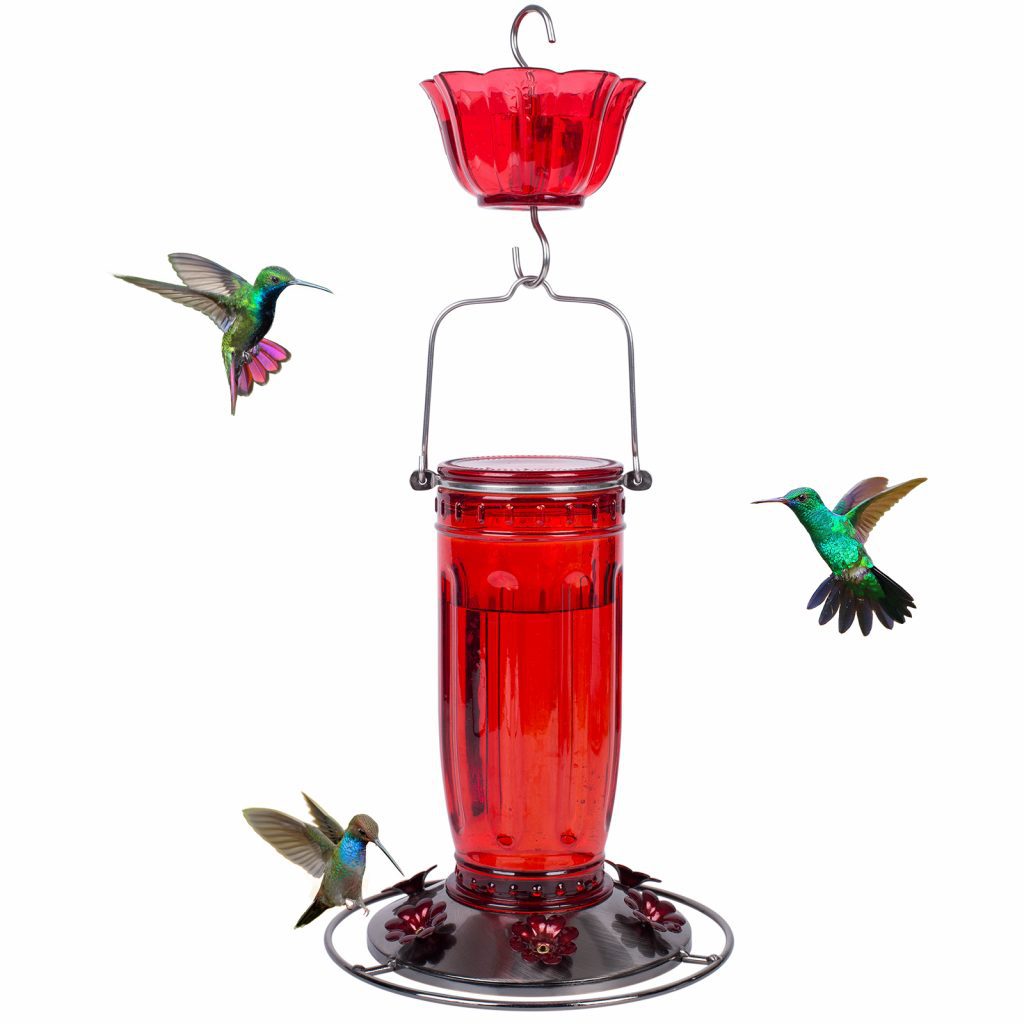
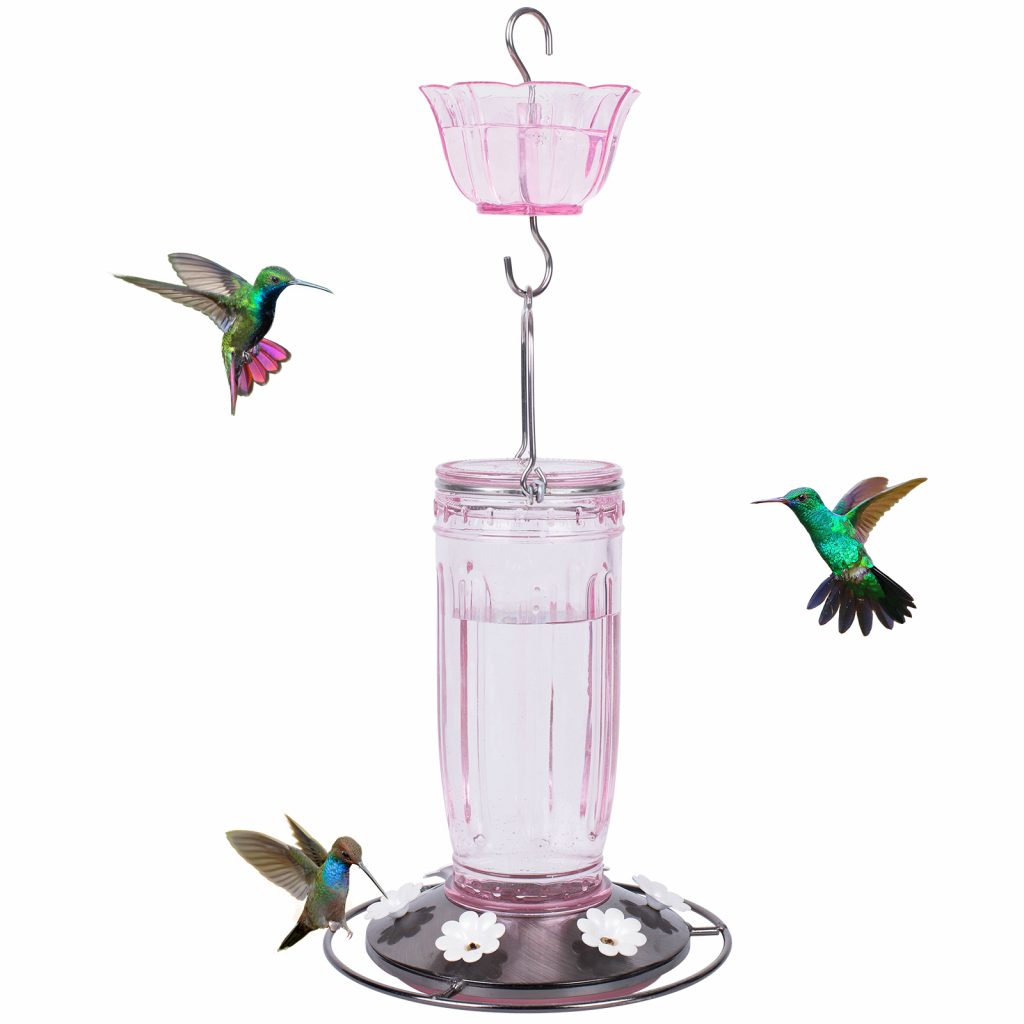
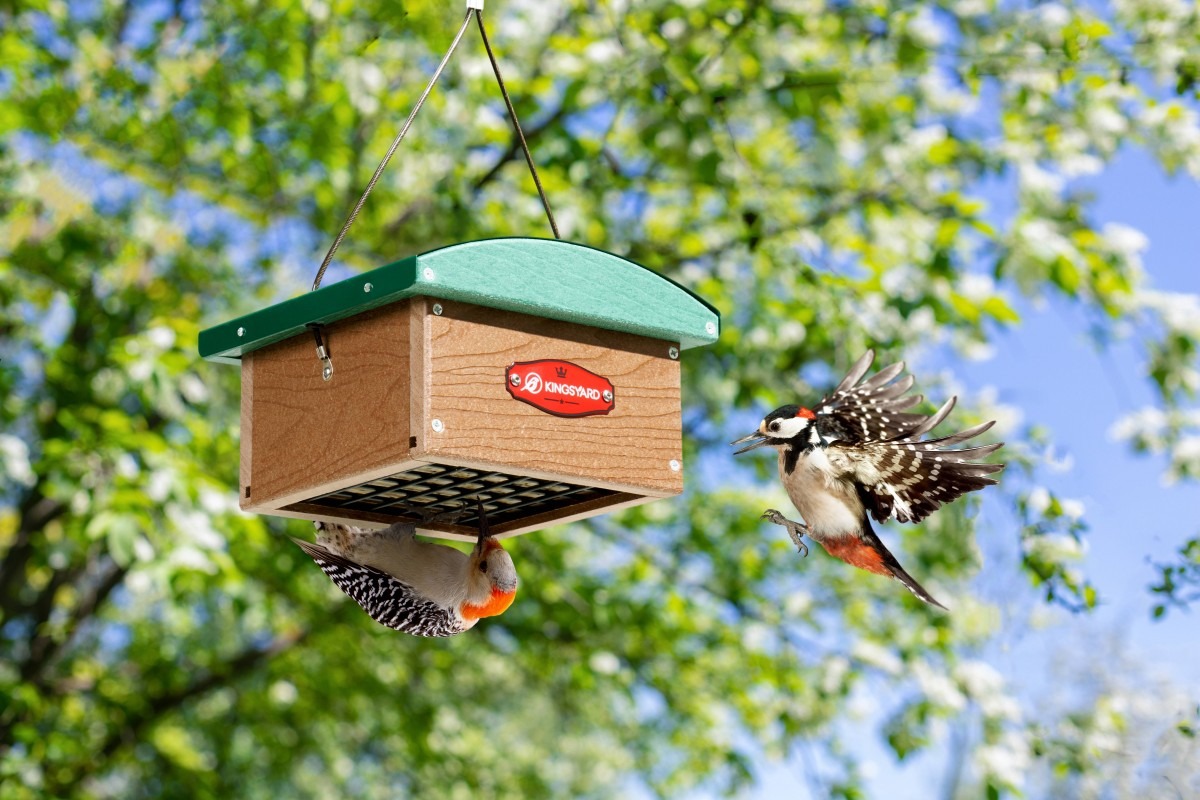

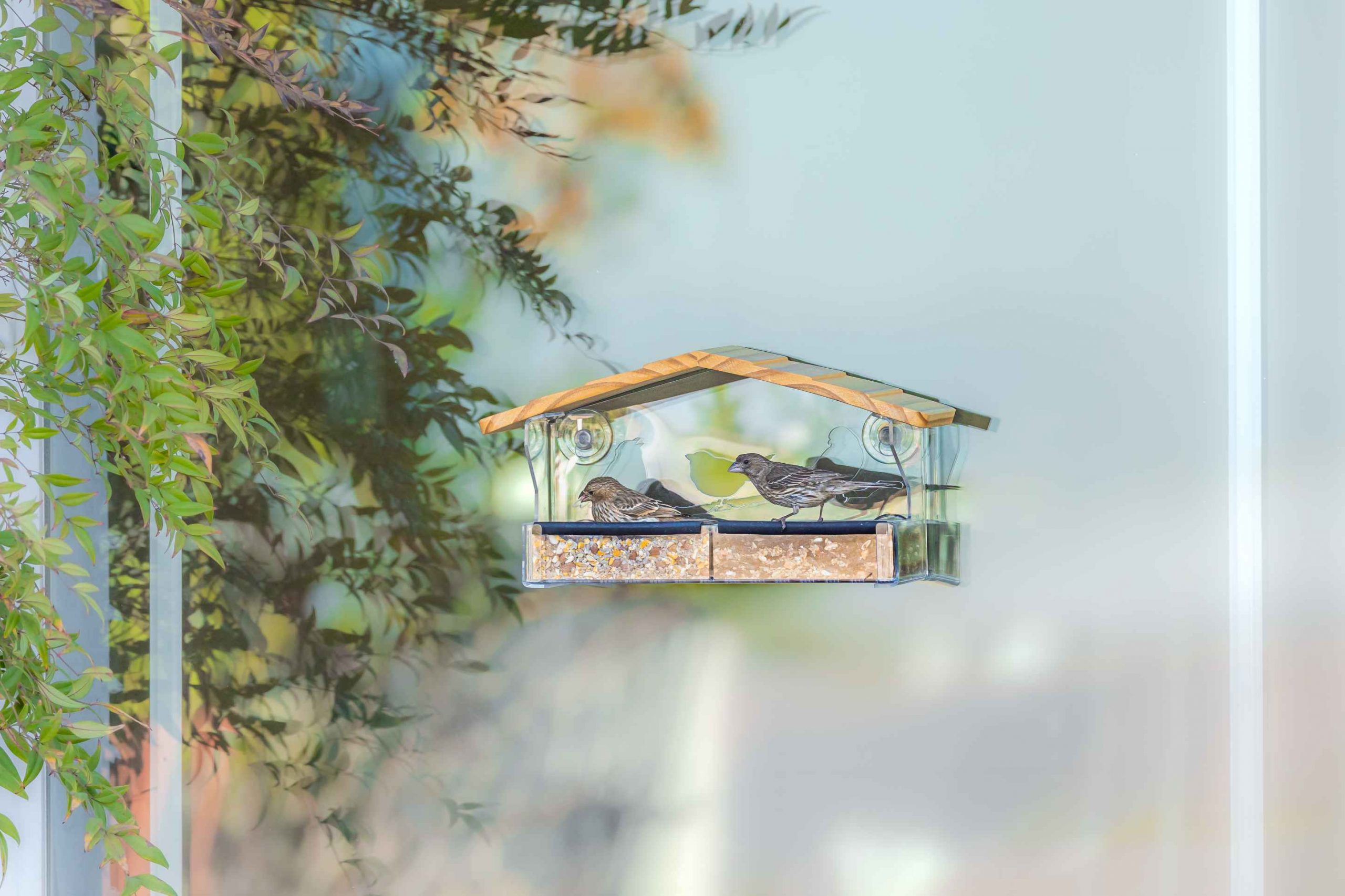
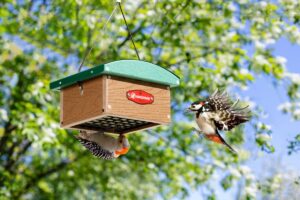
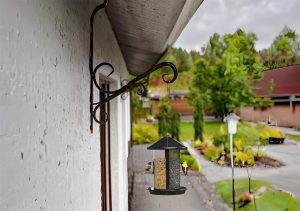
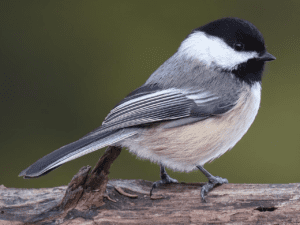
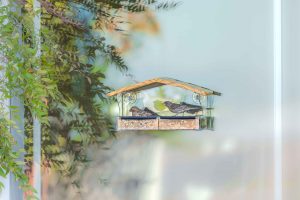
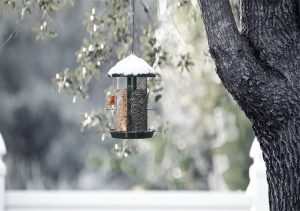
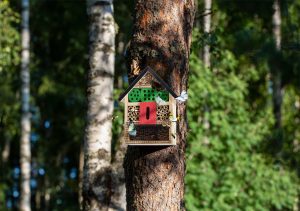
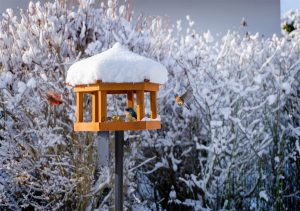
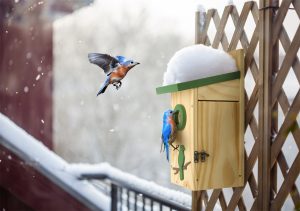
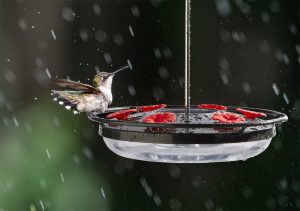
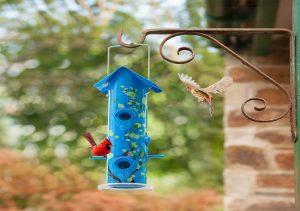
Post Comment